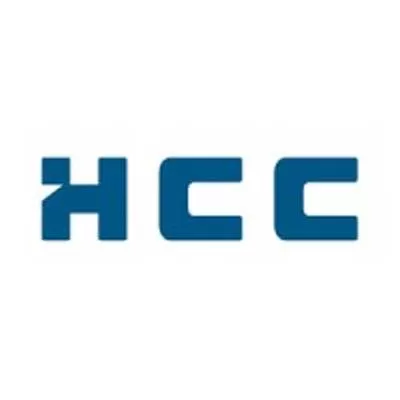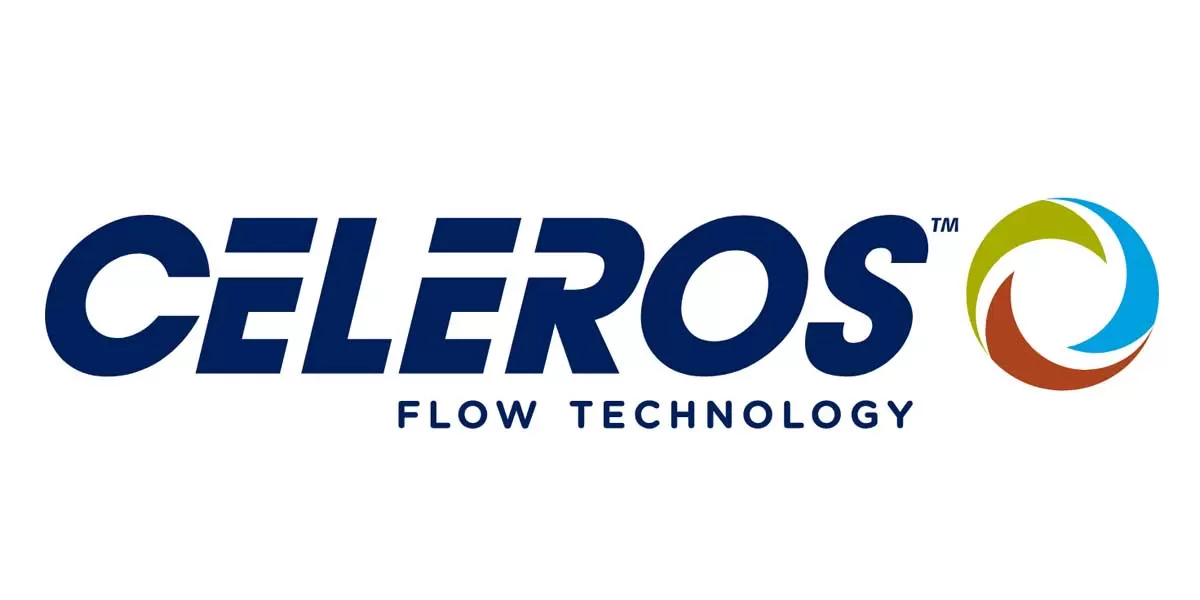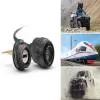Hundred times smaller than cement, condensed silica fume is known to be durable and highly resistant to elevated temperatures, making its appropriate use a breakthrough technology in smart buildings.
Condensed silica fume (CSF) was first mentioned in a US patent by James William Sharp in 1944. The first testing of CSF in Portland-cement-based concretes was carried out in 1952.
CSF is a fine pozzolanic, amorphous material, a bi-product of silicon and ferrosilicon alloys. It is normally produced from silica or quartz (SiO2) and carbon (C) in electric arc furnaces subjected to a temperature of 2000°C.
Dr Karthikeyan Jayakumar, Assistant Professor, Department of Civil Engineering, NIT-Trichy, a PhD in structural engineering from IIT-Roorkee, with degrees in ME (structural engineering) and BE (civil engineering), shares more on the material with CW.
The beginnings: With the implementation of tougher environmental laws during the mid-1970s, silicon smelters began to collect the fumes and search for applications. Earlier, they were simply vented into the atmosphere. The first work done in Norway (Fiskaa Plant, 1970) received most of the attention, as it had shown that Portland cement-based-concrete containing CSF exhibited excellent properties like high strength and low porosity. Since then, the research and development of CSF made it one of the world´s most valuable and versatile admixtures for concrete and cementitous products.
Use of condensed silica fume in concrete: The particle size being about 100 times smaller than that of cement, it can occupy the voids in between cement particles in a concrete mix, reduce water demand and thus contribute to a dense concrete of high durability. Normally, 5 to 10 per cent of cement can be replaced by CSF to produce durable concrete. CSF may be used for high-performance concrete of lower grades.
Properties: CSF is an ultrafine material with spherical particles, the average being about 0.15µm. The specific gravity of CSF ranges from 2.1 to 2.3. The specific surface area (fineness) of CSF ranges from 15,000 sq m per kg to 30,000 sq m per kg. It acts as a filler material into the cement. It is also called supplementary cementitious material (SCM).
XRD pattern of CSF: The figures on the following page show the scanning electron microscopy image of the CSF, 10 per cent CSF replaced with cement in concrete after 28 days curing and the x-ray diffraction pattern of CSF powder. It is highly resistant to elevated temperatures and exhibits similar properties when subjected up to 500°C. Thereafter, the properties significantly decrease when it reaches 800°C. CSF and Metakaolin exhibit similar properties. Seventy per cent of slag can be partially replaced with cement and exhibits amazing properties in concrete. The use of ternary and quaternary blended into concrete is also a good option.
Advantages and shortcomings: CSF also confers other durability-related properties. The resistance of CSF specimens against chemical attack has increased considerably. Owing to reduced permeability and lower free lime content in cement paste, CSF concrete is considered to have high resistance against chemicals. Concrete pipes containing CSF have a service life of two or three times longer than ordinary pipes when exposed to sulphates. Concrete containing CSF is known to have improved resistance to freezing-thawing attack, chloride penetration and de-icer scaling, also increasing the abrasion resistance of concrete. While immersing the specimens in aqueous hydrofluoric acid solution, there is a significant damage to CSF specimens with high silicate content. Hydrofluoric acid has the tendency to quickly etch or erode silicates and they react faster (probably five times) compared to sulphuric and hydrochloric acid. CSF specimens have high mechanical and durability properties. Owing to its higher strength, energy dissipation is high and undergoes brittle failure. To overcome this brittle failure, fibres can be introduced. Also, proper precautions should be taken care while mixing, placing, compacting and curing the specimens.
Example of application: The Bandra-Worli sealink is the first cable-stayed bridge constructed in open seas using CSF concrete in India. The bridge features a two-span, 500-m-long, cable-stayed bridge with about 3,000 m of approaches. The superstructure for the cable-stayed span and approaches consist of twin precast segmental box sections supporting four lanes of traffic in each direction. Over 200,000 cu m volume of CSF concrete has been used for construction.
The Indian scenario: CSF is more popular in western countries than India. Ferro-silicon alloy industries are plenty in the Scandinavian and American regions. In India, the ferro-silicon alloy industry is minimal compared to the West. CSF is imported to India from these countries and the cost of 1 kg of CSF varies from Rs 9 to Rs 18. It is better to use high-performance lightweight concrete (HPLWC) of density 500 kg per cu m to 1,400 kg per cu m in smart buildings rather than normal density concrete of 2,500 kg per cu m. The use of CSF in HPLWC in smart buildings would be a breakthrough technology. The use of HPLWC will ensure minimal damage in case of an earthquake or other natural calamities.
Cost: The cost of control concrete when subjected to cement content and super plasticiser of 400 kg per cu m and 3.3 litre per cu m is about Rs 5,000. When the same proportion is partially replaced with cement by 15 per cent CSF, the cost is around Rs 4,700. There is a saving of Rs 300 to Rs 500 per cu m while using CSF concrete. One important thing to be noted here is that CSF concrete requires less maintenance in the long term compared to control concrete. CSF is a bit costly when compared with other mineral admixtures like fly-ash, slag, rice husk ash, metakaolin, alccofine, etc.
Application in building and construction: This is a special concrete and has to be used in specialised conditions. It is effective in high-rise construction. For example, if one needs to construct a 25-floor office tower with a curved fatade, with the use of CSF concrete, based on its high strength, the thickness of the structural walls can be reduced from the original design of 60 cm to 40 cm. This, for the contractor, results in a considerable saving of time for the placement of only 10,000 cu m concrete (instead of 15,000 cu m), and for the owner, in a cost reduction and a significant gain of more than 1,000 sq m of floor area. Considering all these properties, the use of CSF in concrete should be mandatory in case of mass constructions like high-rise buildings, bridges, power plant structures, fertiliser plants, etc, in India.
Advantages of using CSF in concrete
Increased pore refinement.
Lower bleeding and segregation resistance.
Increased strength.
Highly resistant to alkali silica reaction and sulphates.
Requires less maintenance.
Consumes Ca(OH)2 and exhibits less heat of hydration.


















